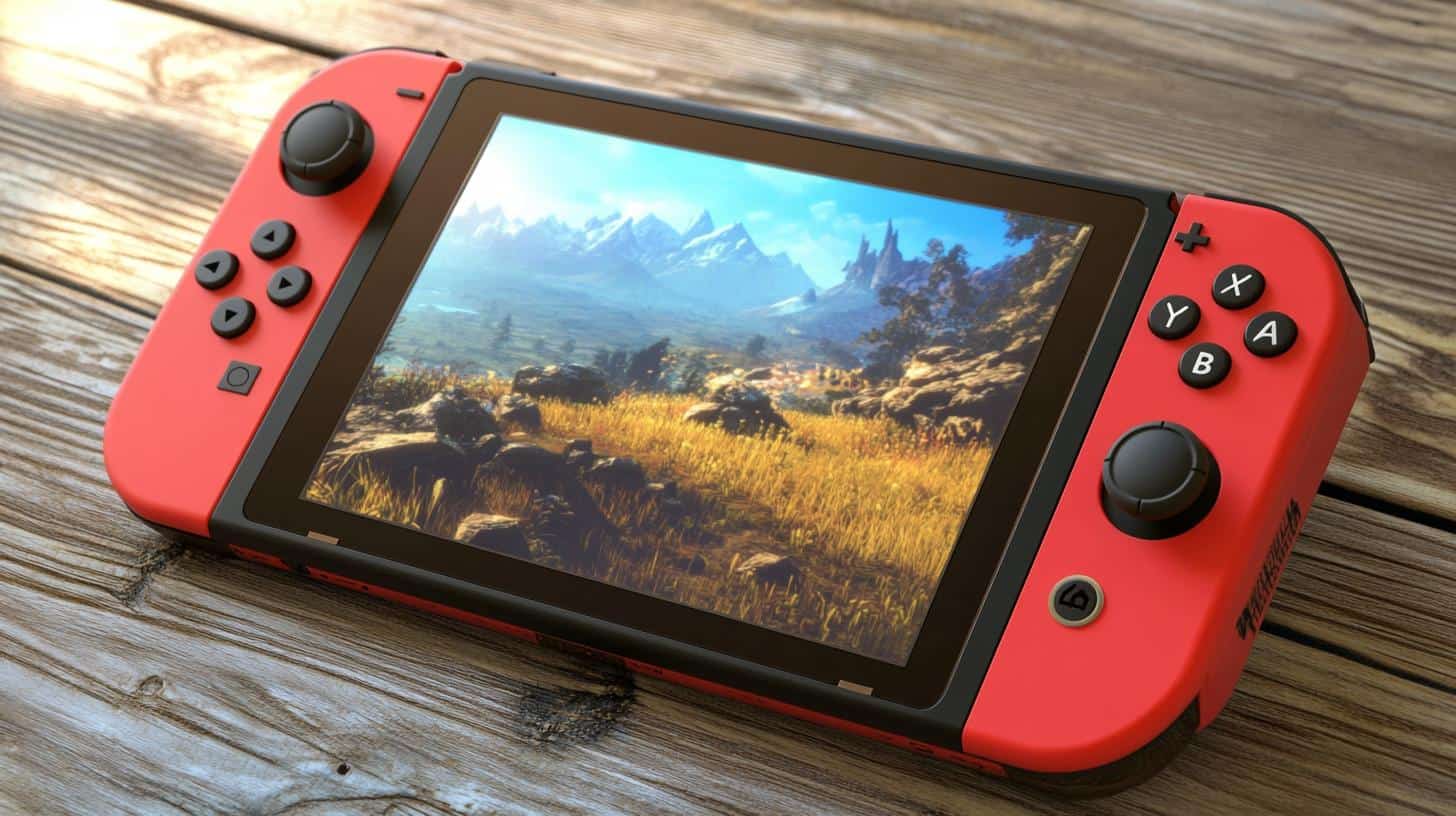In the ever-evolving landscape of gaming technology, innovations continually reshape how players interact with their favorite systems. One such innovation that captured the attention of the gaming community was the unveiling of the world’s first flash cart for the Nintendo Switch. Although this development is not the latest news, it remains an intriguing topic, providing insights into the intersection of gaming culture, technology, and intellectual property rights.
The development of a flash cart for the Nintendo Switch stands out as a significant milestone for several reasons. Traditionally, flash carts serve as custom cartridges that enable the storage and execution of multiple game ROMs on a single cart. They became famous with earlier gaming consoles, such as the Game Boy and Nintendo DS. The emergence of such a device for the Nintendo Switch piqued interest due to the console’s popularity and advanced architecture.
Key Features: The Switch flash cart brought with it a variety of features designed to enhance and expand on the capabilities of the standard Switch cartridge. Besides offering increased storage space, it purportedly allowed users to load custom software and backup legally owned games. This opened doors for modding communities and users interested in customizing their gaming experience or preserving their game libraries.
However, the flash cart’s introduction also sparked conversations about legal and ethical considerations. Nintendo has consistently taken a strong stance against piracy and unauthorized modifications of their hardware and software. Flash carts, historically, have occupied a grey area, as they can be used both for legitimate purposes, such as homebrew development and software backups, and for less savory ends, including piracy. This dual use poses challenges for manufacturers and users alike.
In light of these aspects, it’s vital to understand the ongoing tensions between consumer creativity and corporate interests. Nintendo’s strict policies on software and hardware modification reflect a broader industry trend aimed at preserving revenue and intellectual property rights. Despite this, the curiosity and ingenuity evident within gaming communities often lead to inventive solutions and new products like the Switch flash cart.
While this flash cart is not the newest development today, its unveiling continues to serve as a case study on balancing innovation with the need to respect legal frameworks. It also highlights the ongoing evolution of gaming hardware post-launch. As the technology behind gaming systems becomes more sophisticated, so too do the methods and devices created by enthusiasts to interact with and expand these systems.
Furthermore, this topic opens a larger conversation about how gaming companies and communities can coexist. As technological advances continue to blur the lines between proprietary systems and personalized user experiences, future developments will likely hinge on finding mutually beneficial pathways that respect both creativity and commerce.
In conclusion, the first flash cart for the Nintendo Switch remains a landmark in the reminiscing discussion of gaming innovation and its repercussions. While not the latest headline, the discussion surrounding it fuels ongoing dialogue in the world of technology and gaming.
Navigating the World of Gaming Innovation: Tips and Facts about Flash Carts
The development of the world’s first flash cart for the Nintendo Switch has ignited discussions on gaming innovation and the complexities of intellectual property rights. To explore this further, let’s delve into some intriguing tips and facts surrounding flash carts and their impact on the gaming community.
Understanding the Impact of Flash Carts
Flash carts are fascinating devices in the gaming world. They allow the storage and execution of multiple game ROMs on a single cartridge, changing how gamers interact with their consoles. For the Nintendo Switch, which has a unique architecture and widespread popularity, the creation of a flash cart was particularly groundbreaking. This development raises essential discussions about the balance between innovation and legal boundaries.
Interesting Facts about Flash Carts
1. History Behind Flash Carts: Flash carts have a rich history, dating back to older handheld consoles such as the Game Boy and Nintendo DS. Their evolution reflects broader trends in gaming technology, where user-generated content and flexibility are increasingly prioritized.
2. Legal Ambiguities: Flash carts often reside in a legal gray area, primarily because they can be used for legitimate uses like homebrew gaming and backups, but also for piracy. This ambiguity has led companies like Nintendo to enforce strict legal measures against unauthorized usage.
3. Community Contributions: Despite the controversies, flash carts have fostered vibrant modding communities. These communities are avid supporters of homebrew developments, allowing users to create custom games or modifications to existing games, thereby enriching the gaming experience.
Tips for Navigating Flash Cart Usage
1. Know the Law: Before purchasing or using a flash cart, familiarize yourself with the legal landscape. Companies like Nintendo take strong action against unauthorized use, so ensure any usage is lawful and aligns with copyright laws.
2. Focus on Homebrew: Engage in legitimate uses like homebrew development. This can provide a rewarding experience by allowing you to create and share your own content.
3. Backup Responsibly: If you use a flash cart to back up your games, make sure you own the games legally. This not only ensures compliance but also respects the creators’ rights.
Future of Gaming and Flash Carts
The evolution of gaming hardware often includes the creation of accessory devices like flash carts. With improved technology, we can expect more sophisticated methods to enhance gaming experiences. Gaming companies and the community must find common ground respecting creativity rights and intellectual property.
In conclusion, while flash carts are not a recent innovation, they highlight important issues in the gaming realm. Continued dialogue will ensure that the advances in technology benefit both consumers and creators alike.
For more information about gaming innovations and intellectual property in the industry, visit the official homepage of Nintendo.






















